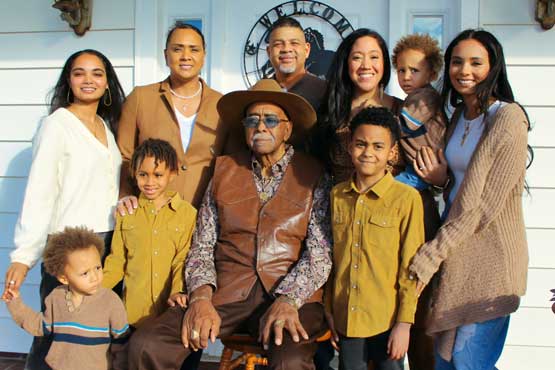
I may look like a stack of papers, but I’m much more than that. I’m a dream of better days. I’m a rare opportunity. I’m a hope for freedom and financial security. I’m an H-1B Application.
Sure, I have a boring name, but don’t let that fool you. I am powerful. I persuade the U.S. government to welcome workers from all over the world. I allow specialty workers to live in the U.S. for years, and I sometimes introduce them to influential friends—like Green Card—who help workers stay permanently.
But I go through a lot to get beneficiaries to the U.S. Here, I’ll describe my journey from dream to reality.
Step 1: H-1B Cap Lottery
I start out as just a few pieces of information—a name, an employer—in the H-1B Cap Lottery. This is only held once a year, so I wait in anticipation, wondering if I’ll be one of the 85,000 names chosen.
Step 2: Labor Certification
If I’m chosen in the H-1B Cap Lottery, I grow bigger, as more documents are added, such as a Labor Condition Application, or “LCA,” filed with the Department of Labor. I have more information now, including job and wage details, and descriptions of how my sponsor tried to protect American workers.
Step 3: Employer Petition
After LCA is approved, I get even bulkier—adding my beneficiary’s biographical information, education, and work history—to become an H-1B Petition. I travel to one of four USCIS service centers: in California, Vermont, Nebraska, or Texas. I might stay at the Service Center for weeks or months, or I might get in and out quickly. It depends on whether an employer pays for premium processing, which shortens my Service Center visit to only 15 business days.
Step 4: Request for Evidence
Sometimes, USCIS officials don’t know what to do with me. They can’t decide whether to approve or reject me because they need more information. When that happens, they’ll extend my Service Center visit and issue an RFE. This means my beneficiary needs to find extra documentation to support their application. Meanwhile, I enjoy extra time with Vermont’s colorful leaves, California’s ocean breezes, the blazing Texas sun, or Nebraska’s waving cornfields.
Step 5: Nonimmigrant Visa Petition
If USCIS approves the employer petition, I am zipped back across the ocean to my beneficiary’s home country and take on a new form—a nonimmigrant visa petition. My beneficiary adds supporting documentation to the approved employer petition and submits my stack of papers to the Department of State.
Step 6: Visa Interview
Eventually, I end up at a U.S. consulate, where I support my beneficiary as they interview with a consular official. I try to give my beneficiary courage, reminding them of their training and experience as they speak with the official. If the interview, background check and medical exam go well, my beneficiary can start packing for their move to the U.S.
Step 7: Visa Approval
When my beneficiary is approved for an H-1B visa, I face big changes as well. My stacks of paper are reduced in size to one small visa stamp in my beneficiary’s passport. That stamp represents months or years of work, traveling from my beneficiary’s computer to USCIS offices, consulate offices, and many places in between. My new stamp-size is small but my possibilities are huge—I’m about to take my beneficiary on the journey of a lifetime.